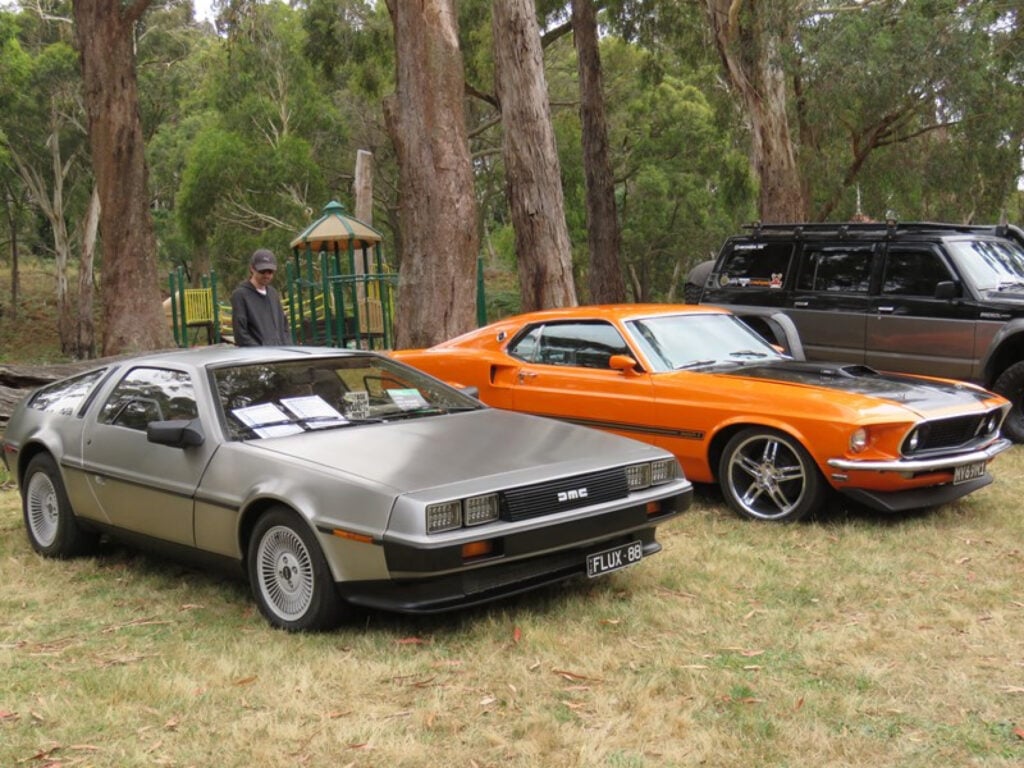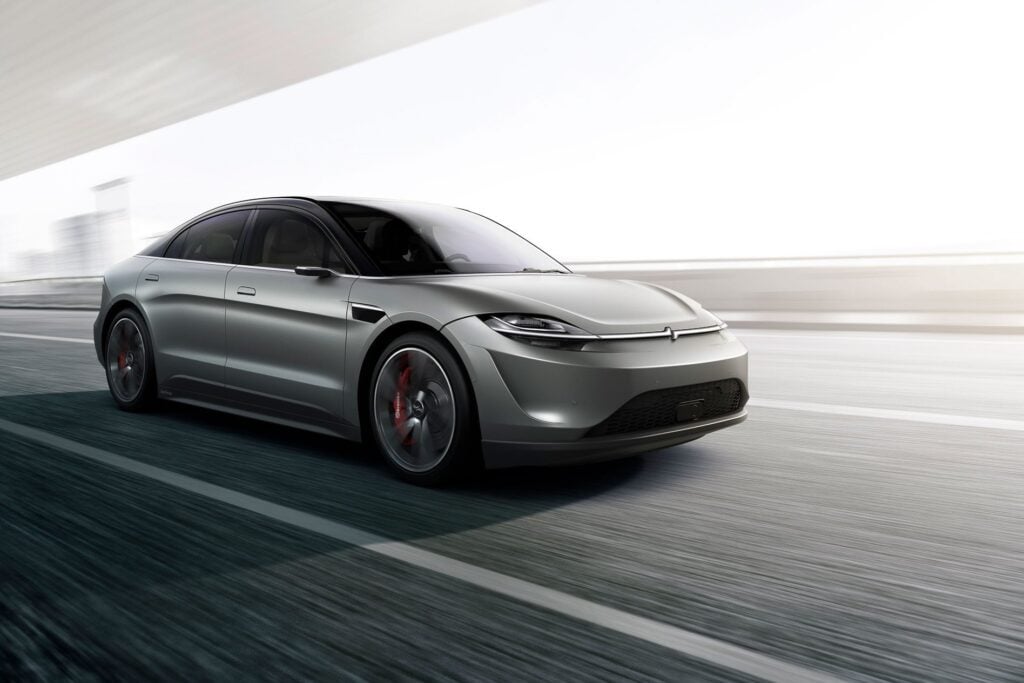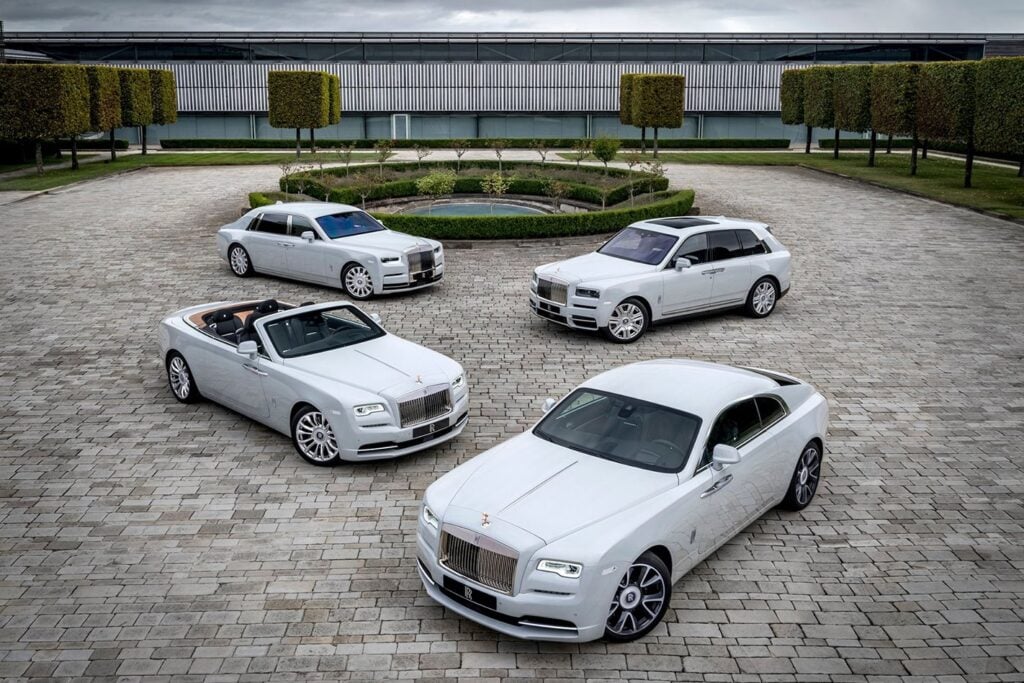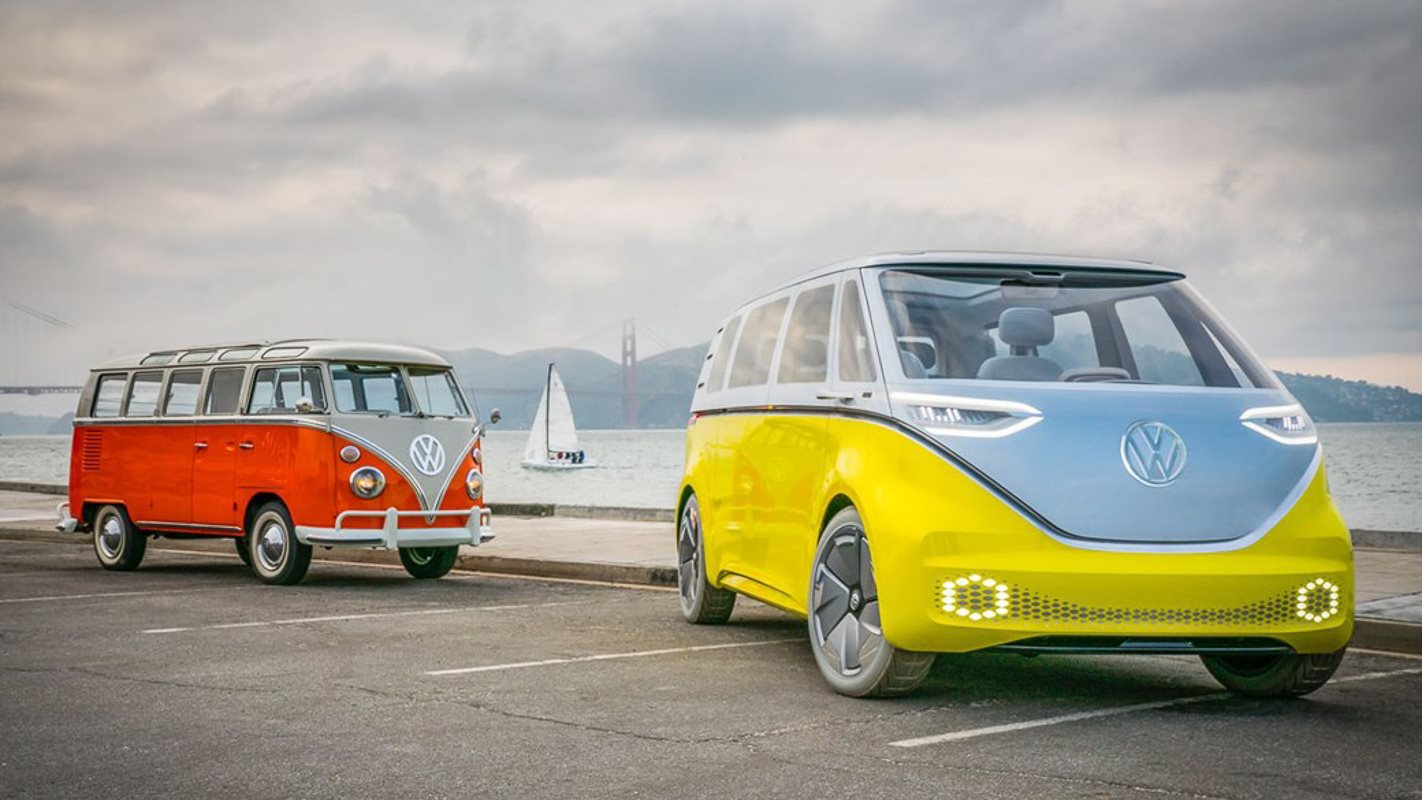
Could its beginnings have been any less promising? The VW Transporter, which has now been in production for a record-setting 70 years, was inspired by a flat-bed mini-truck used in VW’s Wolfsburg factory.
Visiting Dutch VW importer Ben Pon saw the potential of that Plattenwagen. And 13 million sales later, the Transporter is still thriving, uniting hippies and brickies, surfers and stretch-waisted Caravan Club members, like nothing else. However you define van, it’s the best-selling van of all time.
The start of an icon
VW was still under British military supervision in 1947 when the idea was first mooted. A couple of mock-ups were rejected but a panel-van prototype was shown in 1949 and in 1950 production began on the Mk1 (which became known as the T1, although it wasn’t actually called that at first, in much the same way that the Beetle wasn’t initially badged Beetle). It was made as a panel van, passenger van and eight-seater.
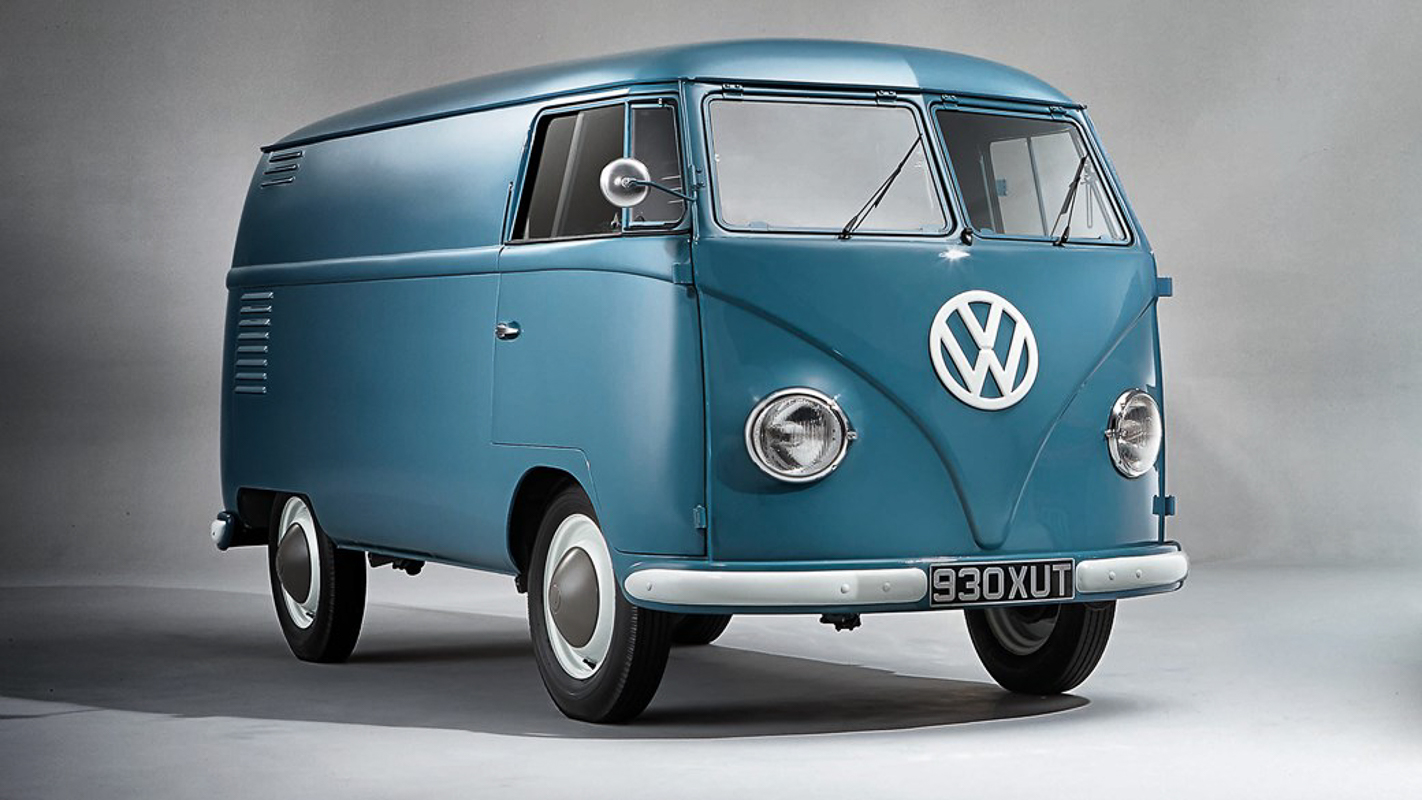
It used the engine and gearbox from the Beetle and had the same rear-engined, rear-drive layout, but was in fact aerodynamically superior to the Bug. The real magic was the low, flat floor, combined with VW’s open-door approach to collaboration.
Soon there were mobile-shop, tipper-truck, fire-brigade and ice-cream van versions from outside companies. By 1954 there had already been 30 variants, including 1951’s influential Samba – with windows all round and a folding sunroof – and in 1953 Westfalia offered for the first time a fully-fitted camper.
Both pioneering and convention-following
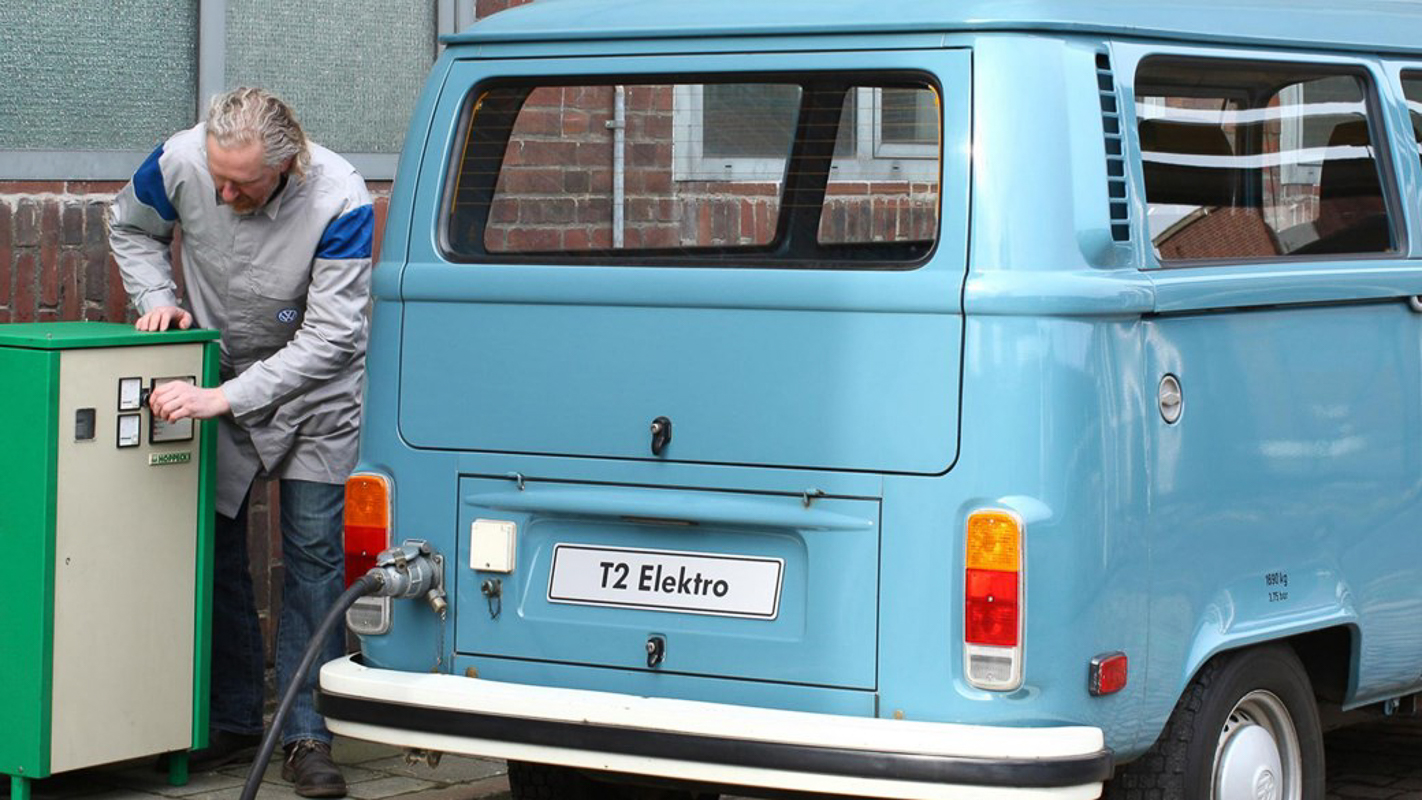
The T1’s split windscreen was replaced for 1967’s T2, dubbed the ‘bay window’ version, which also had a sliding side door as standard. In 1972 an electric version was available – four years before VW tried an electric Golf – although most Transporters retained a simple air-cooled petrol engine.
Liquid-cooling arrived in 1983, during the reign of the wider-bodied T3. The all-wheel-drive Syncro model turned out to offer desert racing potential.
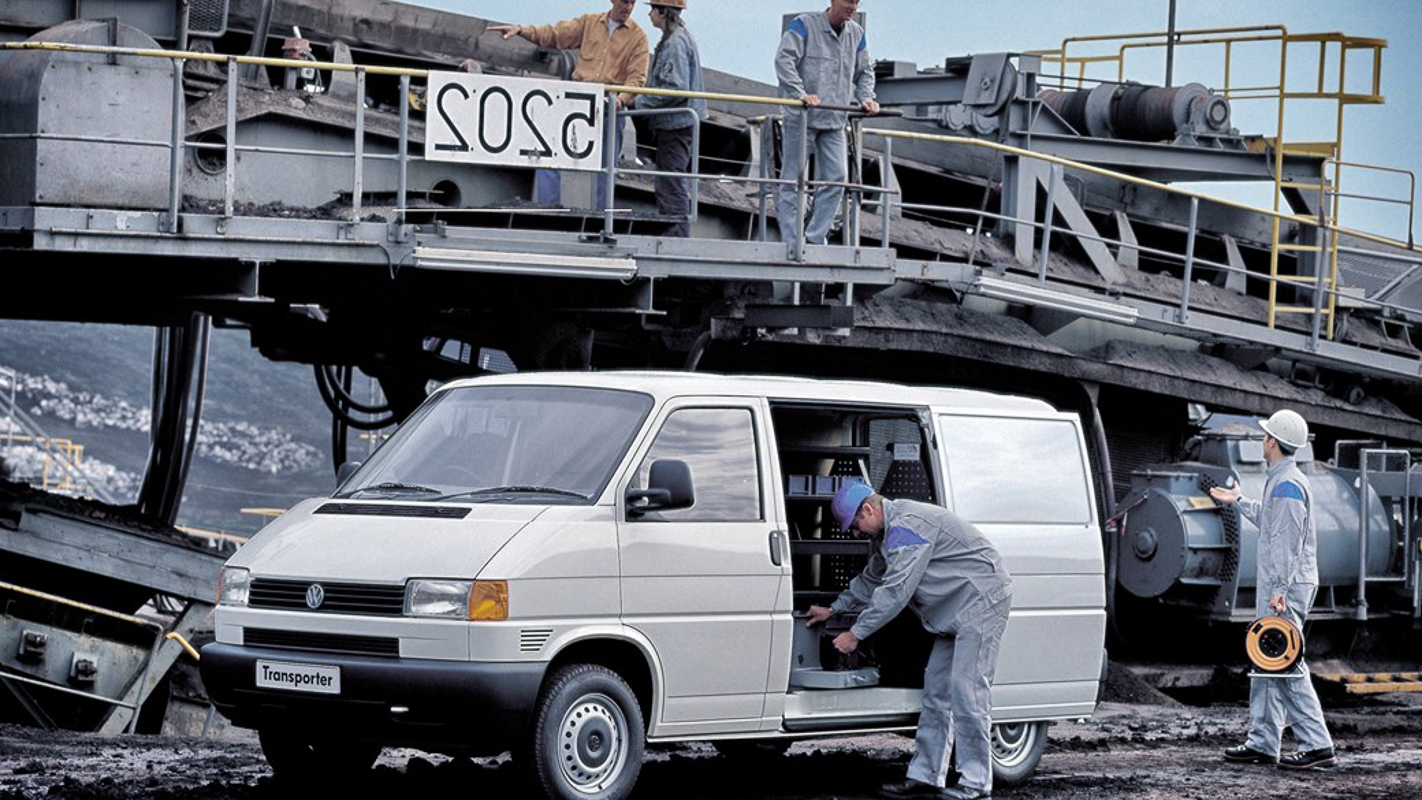
The biggest change came in 1990 with the T4, which kept the Transporter name but ditched everything else in favour of front engine and front-wheel drive. It was, however, still available in a wide variety of styles, including a custom-ready bare chassis, and a choice of wheelbases.
Present and future
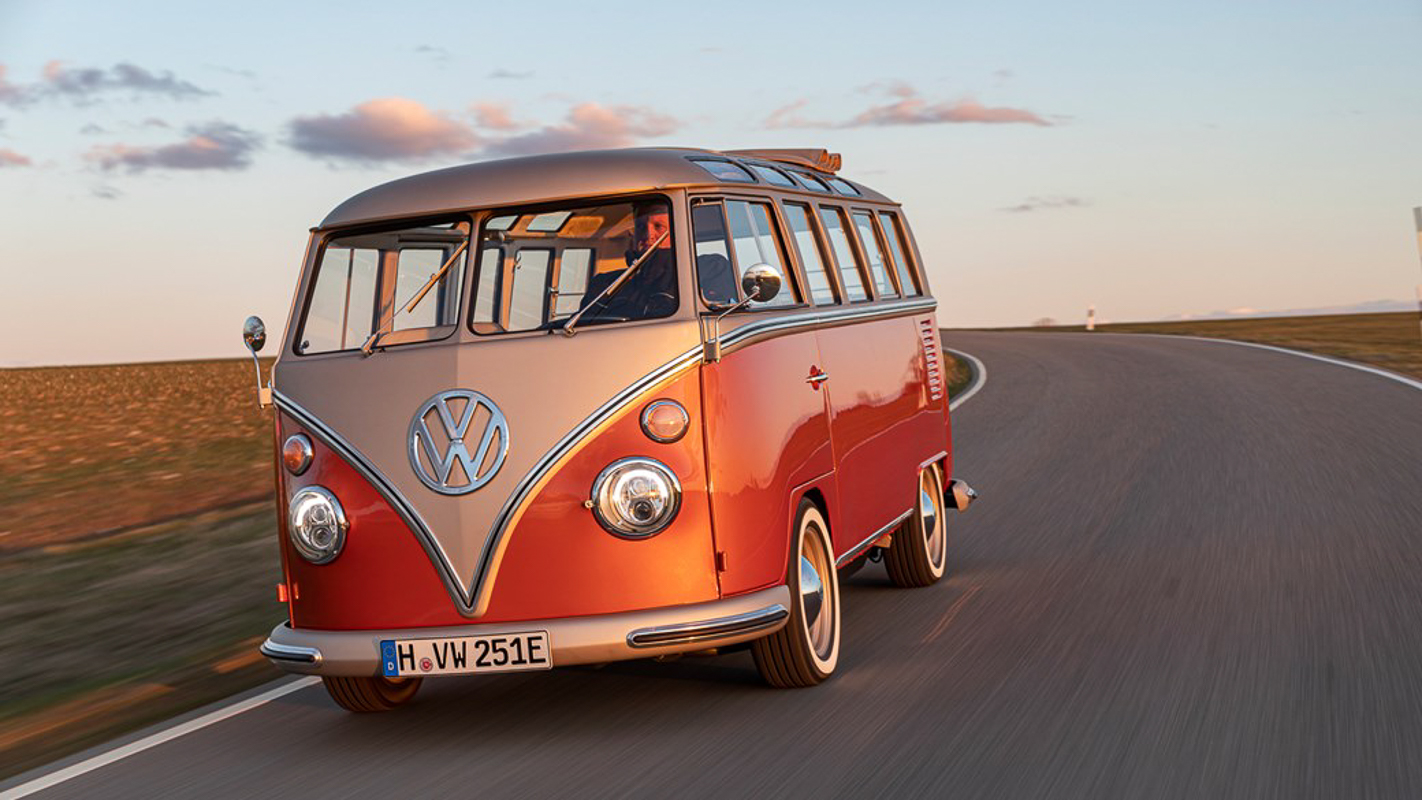
The current T6.1 arrived last year, with a digitally upgraded cabin. More intriguingly, VW has collaborated with conversion specialists eClassic on a retro electric T1 e-Bulli, and plans to offer an all-new ID Buzz Microbus built on the MEB all-electric platform in 2022.
Looks like the sun’s not going to set on the surfers’ favourite any time soon.
Click on the lead image at the top of this story for more photos of the VW Transporter through the ages.
This story was originally published on carmagazine.co.uk

